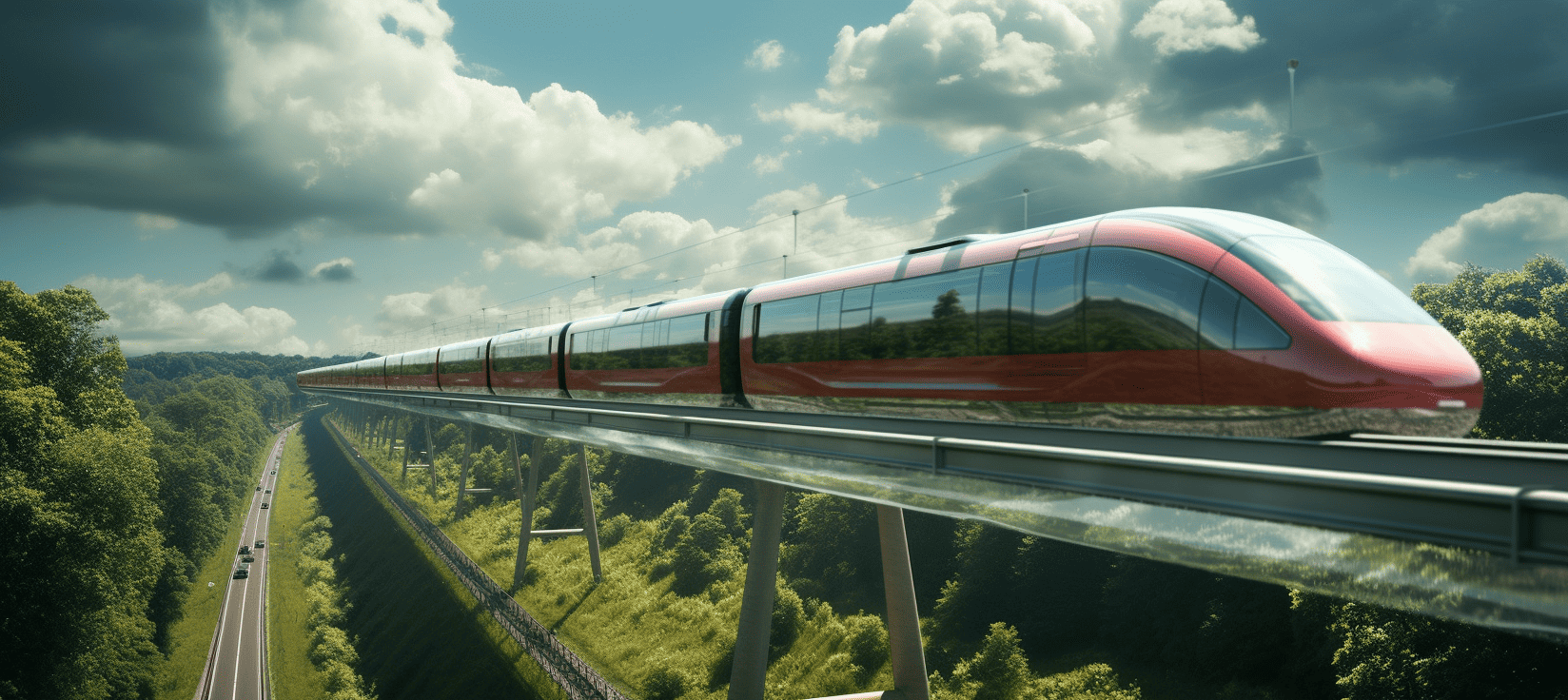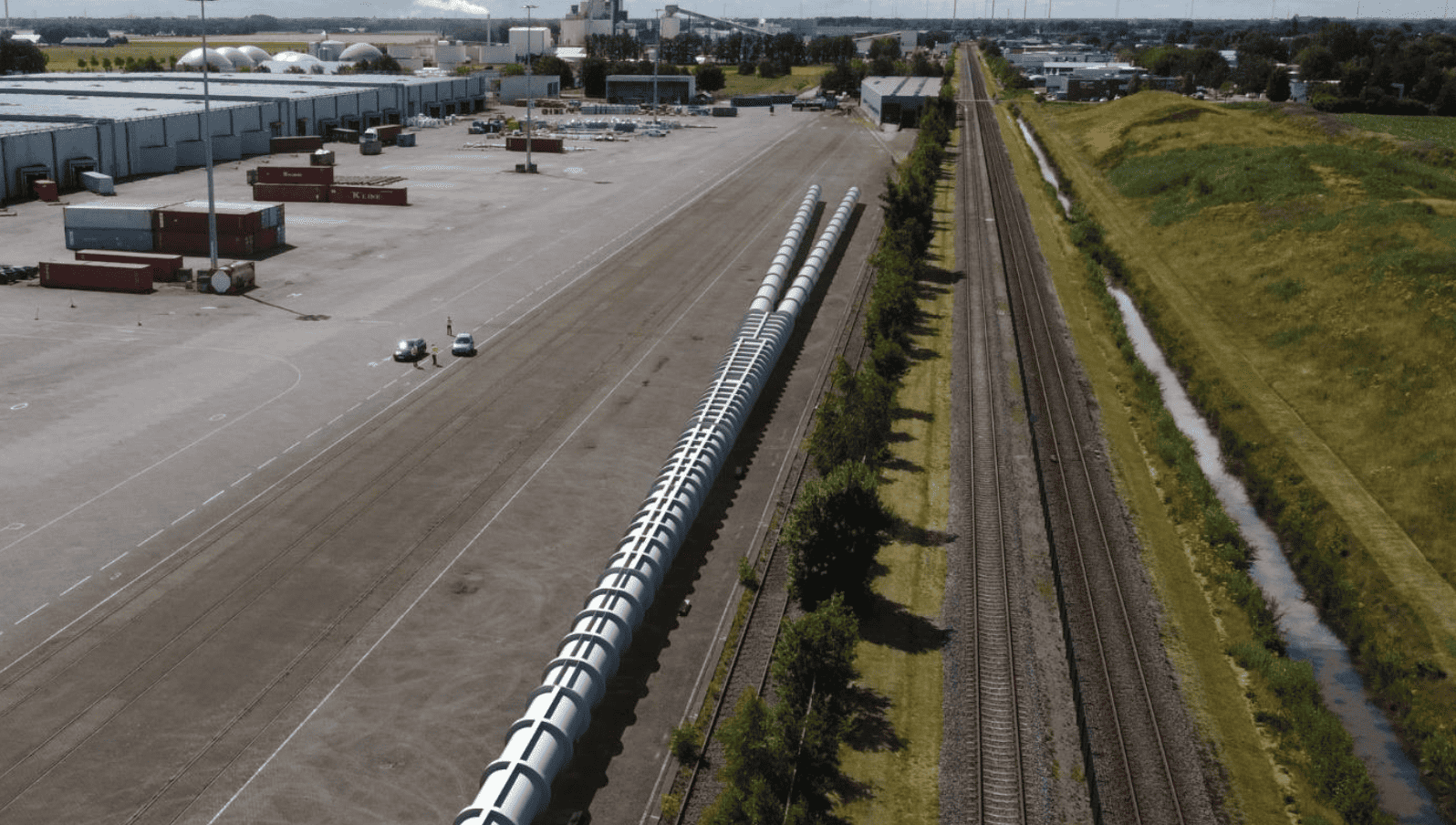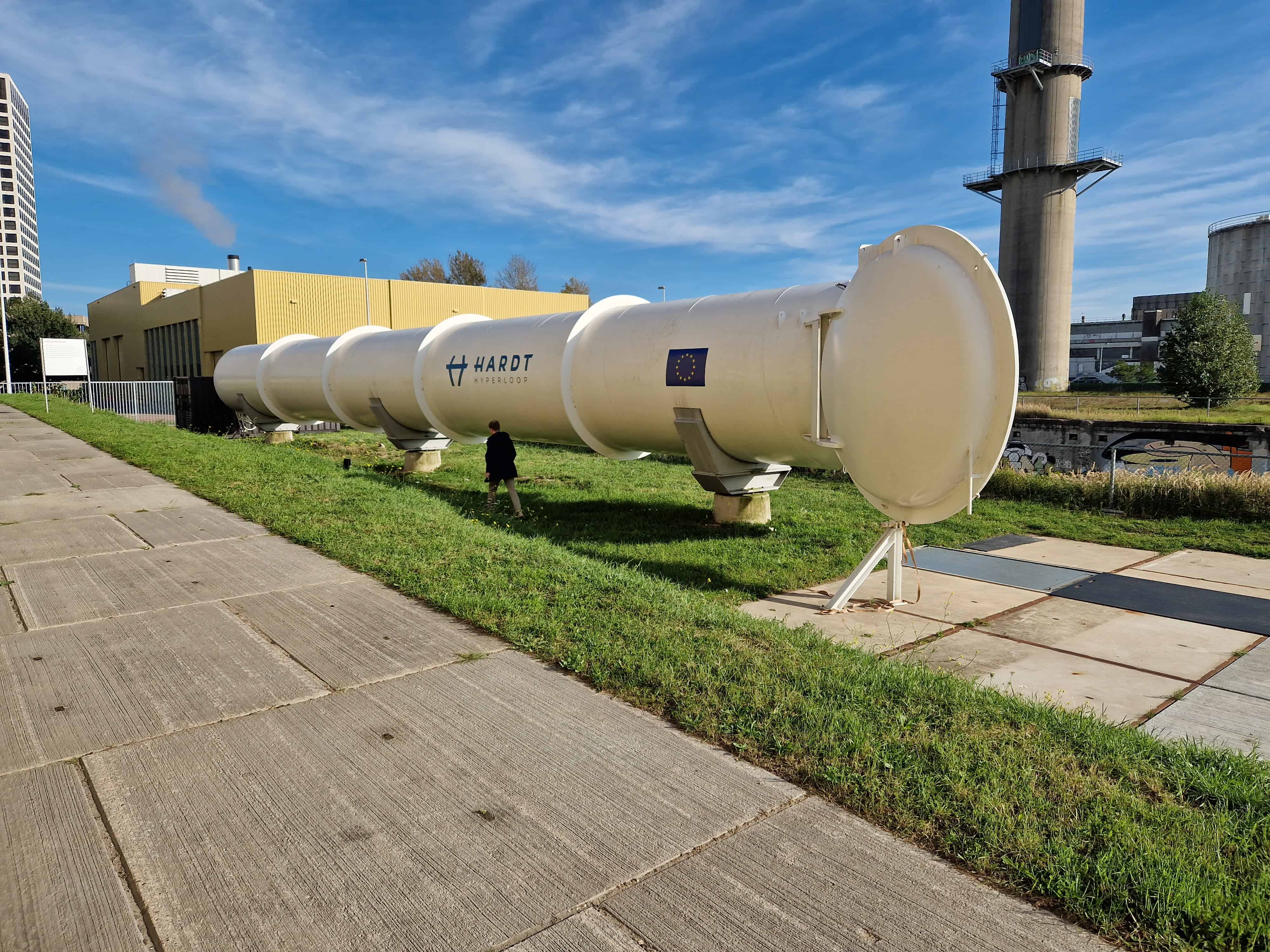
Nevomo – a Polish startup – has made a game-changing breakthrough in rail technology. Its MagRail system, an innovative upgrade to existing rail lines using magnetic levitation, has passed tests with flying colors, proving that trains can levitate on conventional rails. The technology could dramatically increase rail capacity, halve travel times, and reduce greenhouse emissions. Unlike other magnetic rail systems, MagRail can integrate with conventional rail, a feature that makes it scalable and future-proof. Moreover, it eliminates the need for new infrastructure, a hurdle that Hyperloop – a high-speed transport concept in a vacuum tube – faces.
- Polish startup Nevomo’s magnetic levitation rail system, MagRail, passed key tests, proving trains can levitate on existing rails.
- MagRail is designed to integrate with conventional rail, making it scalable without new infrastructure.
- Successfully tested at 70km/h, MagRail aims for 550km/h, dramatically cutting travel times and emissions.
Understanding the MagRail technology
The MagRail system, under development by Nevomo, is a revolutionary upgrade to existing railway lines, employing magnetic levitation. This technology allows trains to hover above the tracks, eliminating friction and significantly enhancing speed and efficiency. Crucially, the system is designed to be compatible with conventional rail infrastructure, making it both scalable and future-proof.
Tests conducted on a 700-meter section in Poland demonstrated that the MagRail system could enable railway vehicles to levitate at speeds of 70 km/h and accelerate from 0 to 100 km/h in just 11 seconds. The ultimate ambition for high-speed MagRail trains is to reach speeds of up to 550 km/h. Such a feat would dramatically cut travel times, making long-distance rail travel a more appealing option to flyers and drivers.
MagRail versus Hyperloop
While both MagRail and Hyperloop technologies aim to revolutionize transport, their approaches are distinct. The Hyperloop concept, popularised by Elon Musk in 2013, envisions transport pods moving at high speeds in low-pressure tubes, hovering above the track using passive magnetic levitation. This concept seeks to remove air resistance and friction, theoretically allowing for speeds over 1000 km/h.
However, obstacles such as land acquisition, tube sealing, and safety challenges have made the practical implementation of Hyperloop a daunting task. In contrast, Nevomo’s MagRail technology, due to its compatibility with existing rail infrastructure, has a scalability advantage and doesn’t require vast land acquisitions or new infrastructure.

Impacts and implications
The potential benefits of the MagRail system are substantial. Not only could it double rail capacity and halve travel times, but it could also make a significant contribution to reducing greenhouse emissions. The technology allows for flexibility in train capacity, adapting to current demand and eliminating the need for fixed timetables. This could transform the rail travel experience, offering a level of convenience hitherto associated only with metro systems.
By targeting distances of 1,000 to 3,000 kilometres, MagRail aims to make mass transportation highly sustainable and competitive, allowing for one-day travel across the EU without air transport. This breakthrough has been met with enthusiasm in the European Parliament, with politicians stressing the importance of investing in transportation infrastructure for economic growth, social inclusivity, and environmental responsibility.

The road ahead
Despite the recent successful tests, the MagRail system is still in its developmental phase. Nevomo plans to continue research and development for various applications, with a view to commercializing a version for freight transport by 2024. Furthermore, Nevomo has already initiated a cooperation agreement with SNCF to explore the roll-out of MagRail in France.
While it is clear that challenges lie ahead, the successful tests conducted by Nevomo mark an important milestone in the evolution of railway transport. If fully realized, MagRail has the potential to transform the rail landscape and bring us a step closer to a more sustainable and efficient future of transport.







